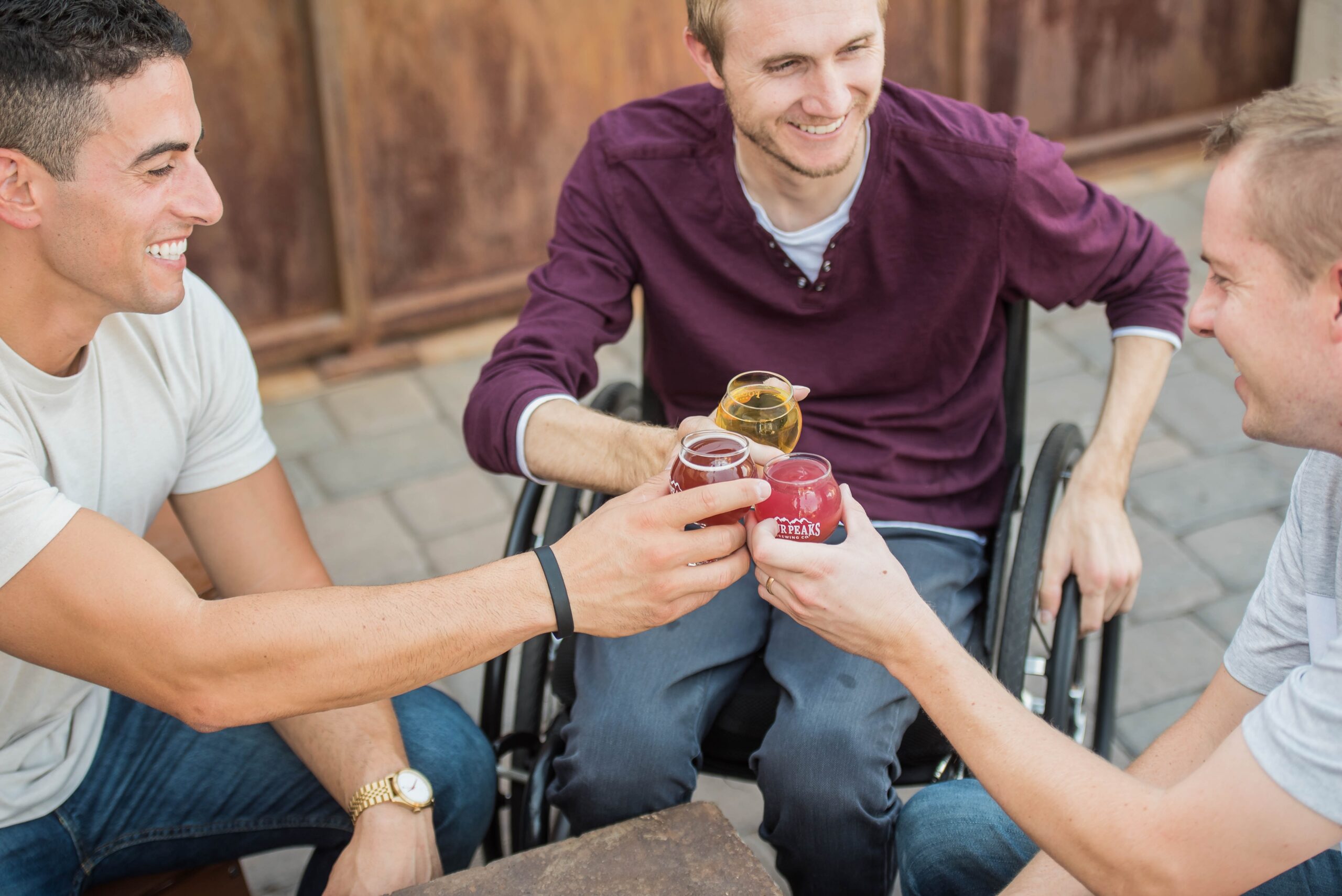
01st November 2022
4 Ways to Improve Disability Awareness In Your Workplace

In the US, 61 million adults are living with a disability. And yet, in the workplace the disabled community is still marginalized.
This is backed up by recent research from President Joe Biden found that people with disabilities are underemployed, passed over for promotions and under paid in comparison to their non-disabled colleagues.
In this article from Well + Good, DEI Consultant Akilah Cadet offers ‘4 Ways To Be an Ally to the Disability Community at Your Workplace’
From the article:
Remember that words are powerful
“Handicapped” is a word of the past; disability, though, is not a bad word. Say it at home, at work, and with friends. When possible, use person-first language, as well. So, I am a person with disabilities, not a disabled person. This helps to communicate that I am a human being who is not defined by my disabilities; it is just one facet of all that I am.
Also, if you do not have a disability, don’t say you are “able-bodied.” Rather, say you are non-disabled. That distinction is key because, for instance, I have the ability to do things like people without disabilities, I just may do them differently due to my disability. Furthermore, by using “non-disabled,” you bring disabled folks into the conversation, which helps to normalize the stigma around the word and people with disabilities in general.
Don’t label disabled people by their assistive device
For example, say “a person who uses a wheelchair” instead of “a person in a wheelchair.” The difference grammatically is minor but the impact is major. A wheelchair is an assistive device to allow for mobility and independence. The person is not in a wheelchair and shouldn’t be defined as such.
Do something at work to celebrate NDEAM
Resources abound to make change in the workplace, including policy review, education opportunities, hiring practices, and more. Start by normalizing disability in the workplace as something to be celebrated, not something that should be hidden or pitied.
How can you do that? One idea is to advocate that you hire people in the disability community. There are recruiting firms and job boards specific to folks with disabilities, like AbilityJobs, and Chronically Capable—advocate for your workplace to use those. Other great options to advocate for change in the workplace include sponsoring events and activations for disabled communities and educating people about disability.
Bring in a speaker to your workplace
Speakers who have disabilities can share their experience and help employees at your company advocate for staff members with disabilities. Storytelling is a powerful way to learn and unlearn beliefs about disability. (Hint: I’m a disability speaker, along with a number of people in my network, including Kelsey Lindell, Catarina Rivera, Leon Ford and so many others.)
Ultimately, it’s crucial that all people—not just those who have disabilities—function as a disability ally at work in order for productive change to be made. Folks with disabilities have huge contributions to offer workplaces, and that reality needs to be realized and normalized. We just need folks to see us so we have the opportunity to shine.
Read the full article, here.
Are you an inspiring leader? Do you know an inspiring leader? Then register here for Inspiring Leaders 2022.
And for more articles on Wellbeing, Culture, and Experience & Engagement be sure to visit the Inspiring Workplaces website.
Join our community here, for free.

